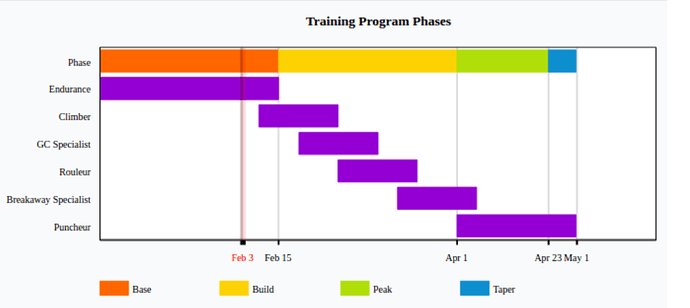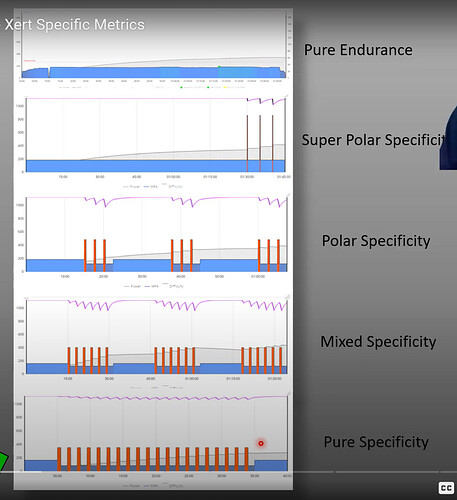Xert doesn’t seem to recommend different workouts if I change my event date, is that normal? I initially put in 1/28 for goal date because I’m doing an event that day but it’s not really a target event at all. I was using it to help figure out Xert. I’ve been doing nothing but endurance rides with only 1 interval workout and a few faster group rides in the past 5 weeks.
Are the workouts during the build phase different that the peak phase? I had a workout auto created for 1/28 goal date and a 2/28 goal date and the suggested workout was the same. What am I missing? Should I be self selecting different types of workouts during these phases? In the past my intervals would get shorter and more intense as i approached peak. Trying to understand how Xert works in the different phases.
I’ve seen amazing fitness gains so far just doing heavy L1-L2 miles keeping power below 250 watts. I was shocked at how good my fitness was on a hard windy group ride yesterday as well as my ability to recover from repeated hard efforts, and I’ve not pedaled really hard like that for 6-8 months.



